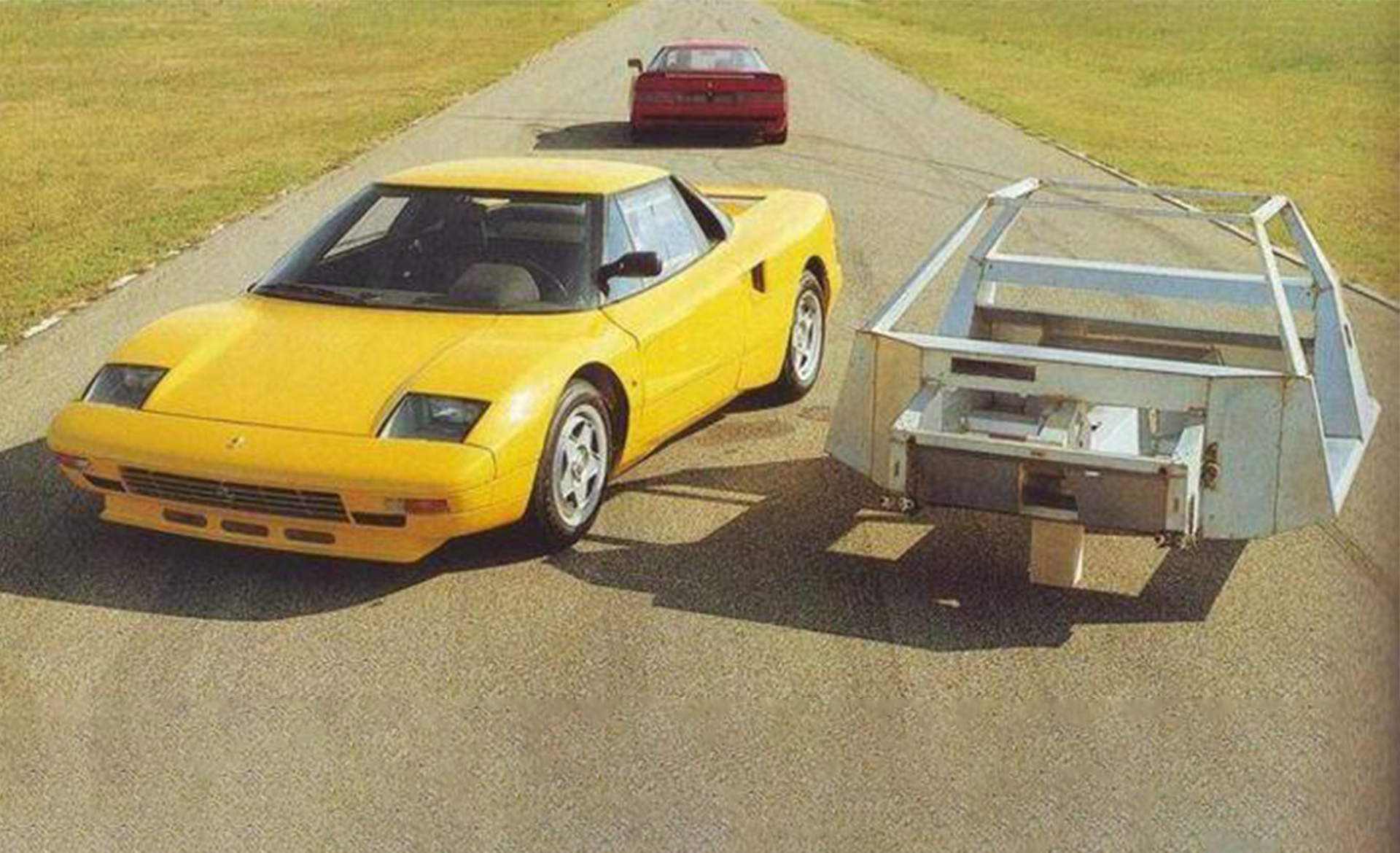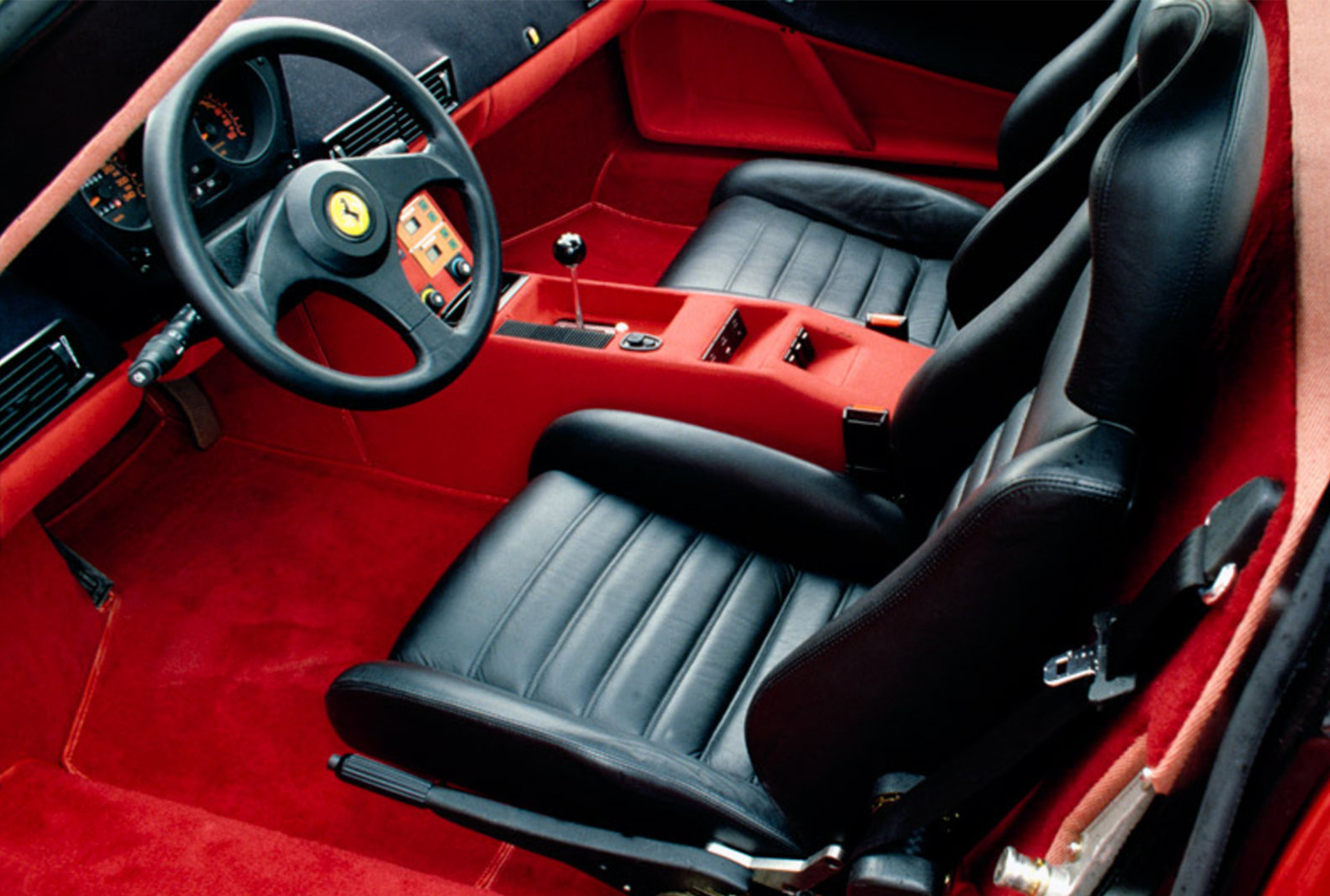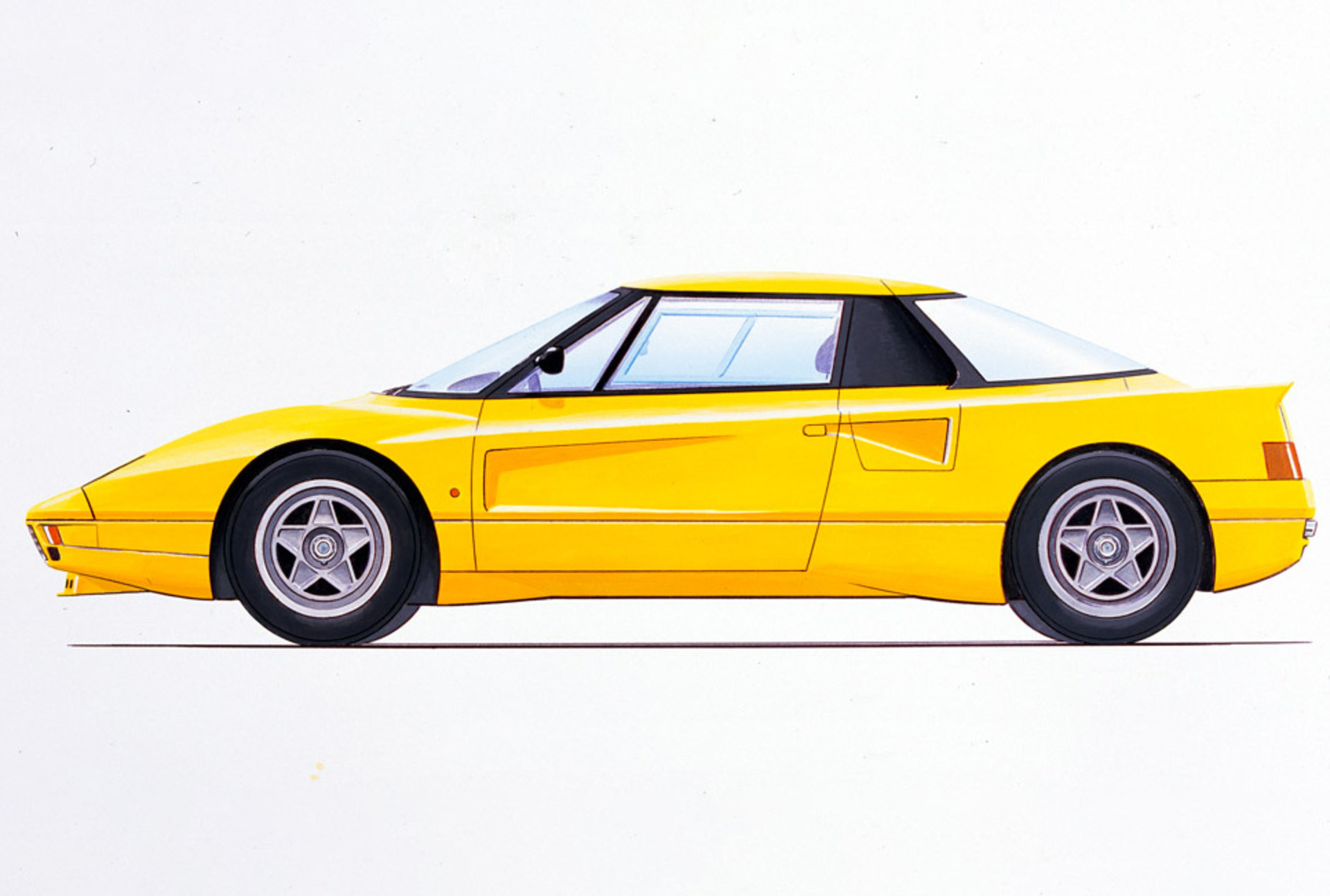Photo credit: Ferrari, Wheelsage
When Mauro Forghieri, the famous engineer who, since the mid-60s was Technical Director of what is known in Maranello as “Gestione Sportiva” [Ed: Sports Management] that included Formula 1, Formula 2 and Sports Prototype cars – left his position in 1986, he began work on the creation of an 8-cylinder model – a second-tier product therefore, with a much wider audience – capable of responding to the needs of an international public looking for cars to use on the road.
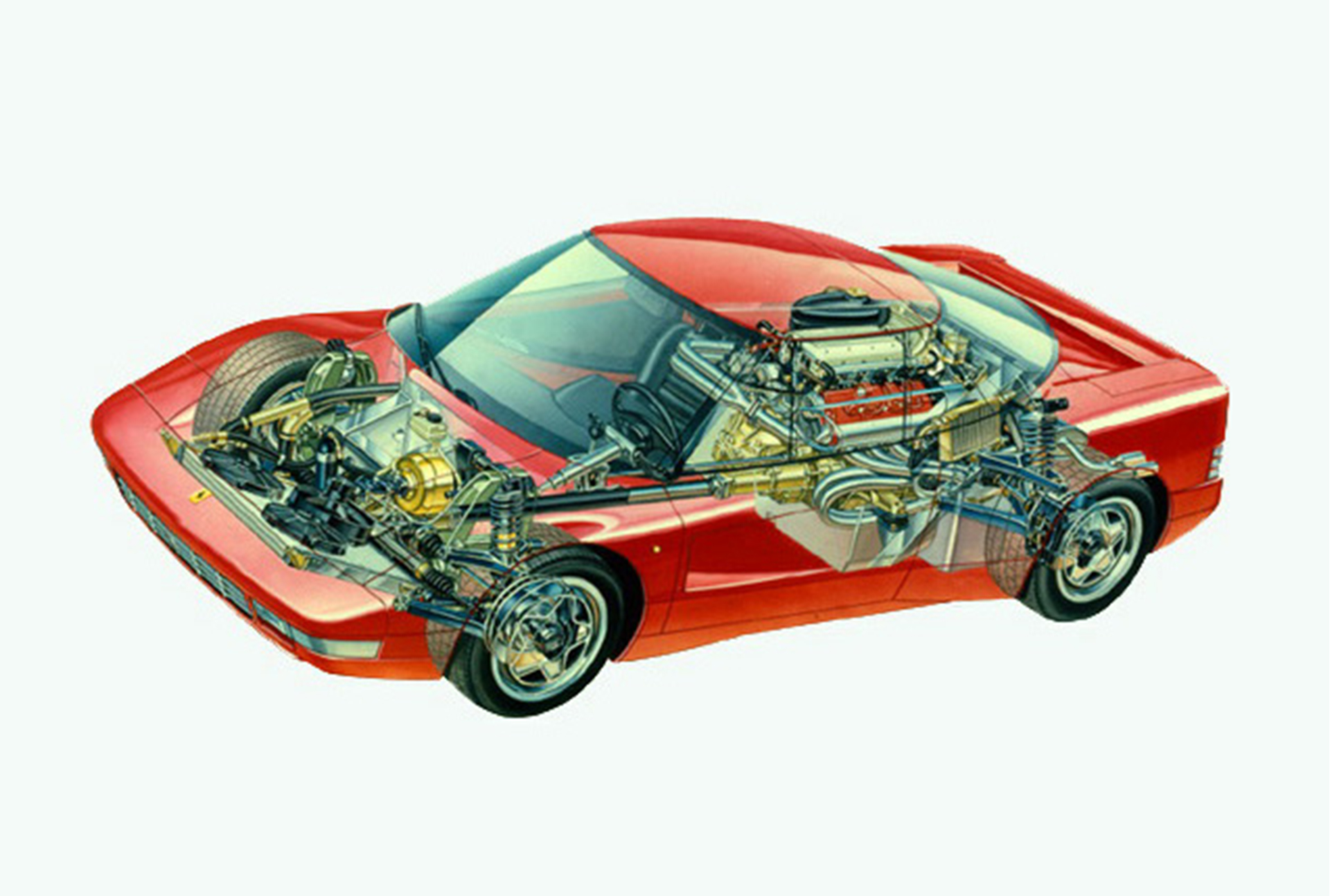
Forghieri applied the same approach he had always used for racing: innovation, simplicity “because the things that aren’t there don’t break” and lightness. As a result, two prototypes were produced between 1987 and 1988, apparently the same, but in reality each with very different technical and construction solutions: one painted red, chassis number 70183, and the other yellow, chassis number 78610. The two cars differ in the materials used for the chassis: an all-steel welded chassis in the first, an aluminium frame bonded with adhesives in the second. Ferrari only introduced this solution at the beginning of the 2000s. In both cases, fibreglass and other composite materials were used for the bodywork.
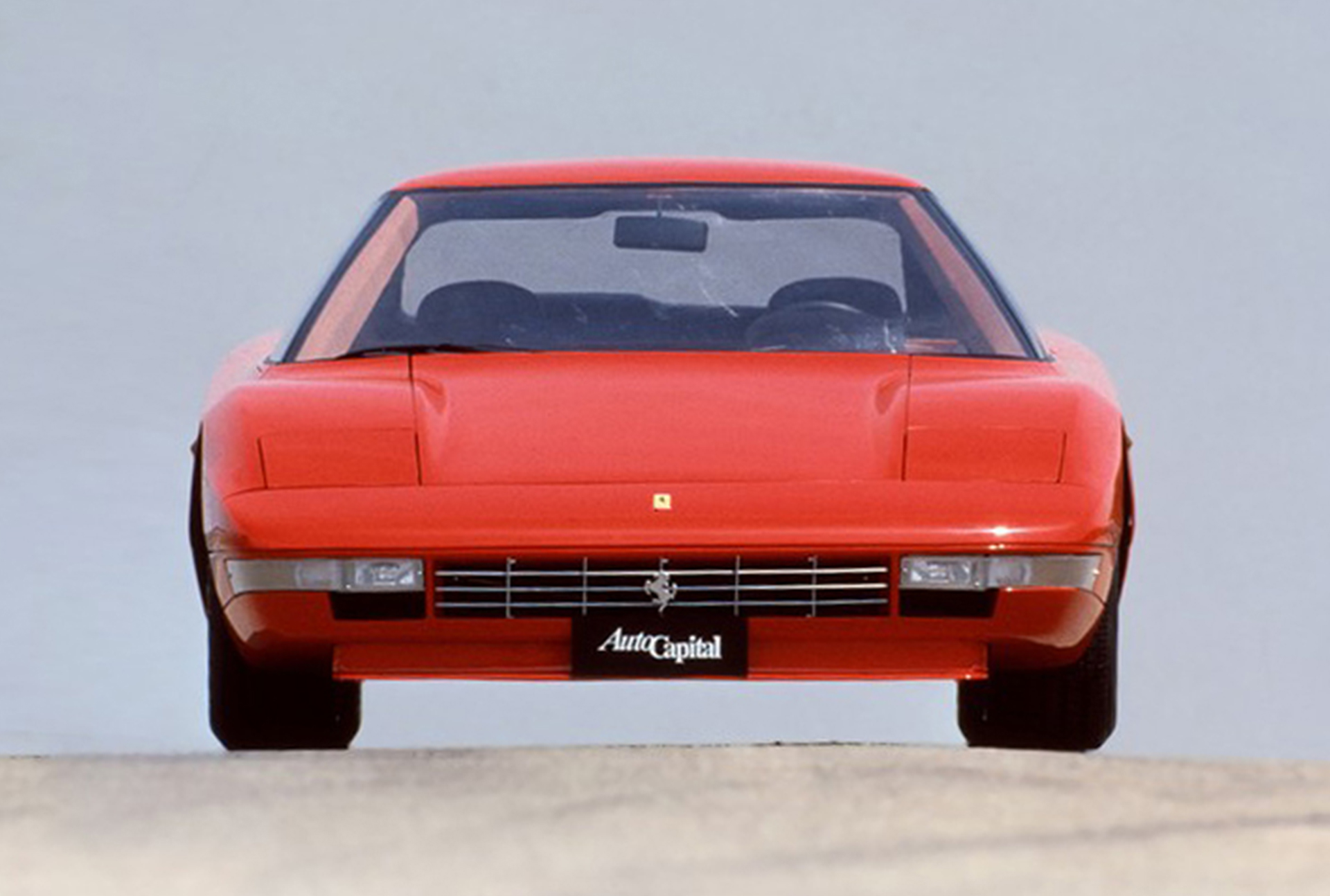
The list of innovations also included the adoption of four-wheel drive based on a simple, lightweight system, thanks to the adoption of a hydraulic coupling that distributed the torque 70% to the rear and 30% to the front through two ZF differentials. Among the many advantages of this system, the possibility to keep the car’s centre of gravity very low, something that’s essential for a sports car powered by a 300 horsepower naturally aspirated V8 engine which, when combined with its mechanical configuration, guaranteed performance of the very highest order.
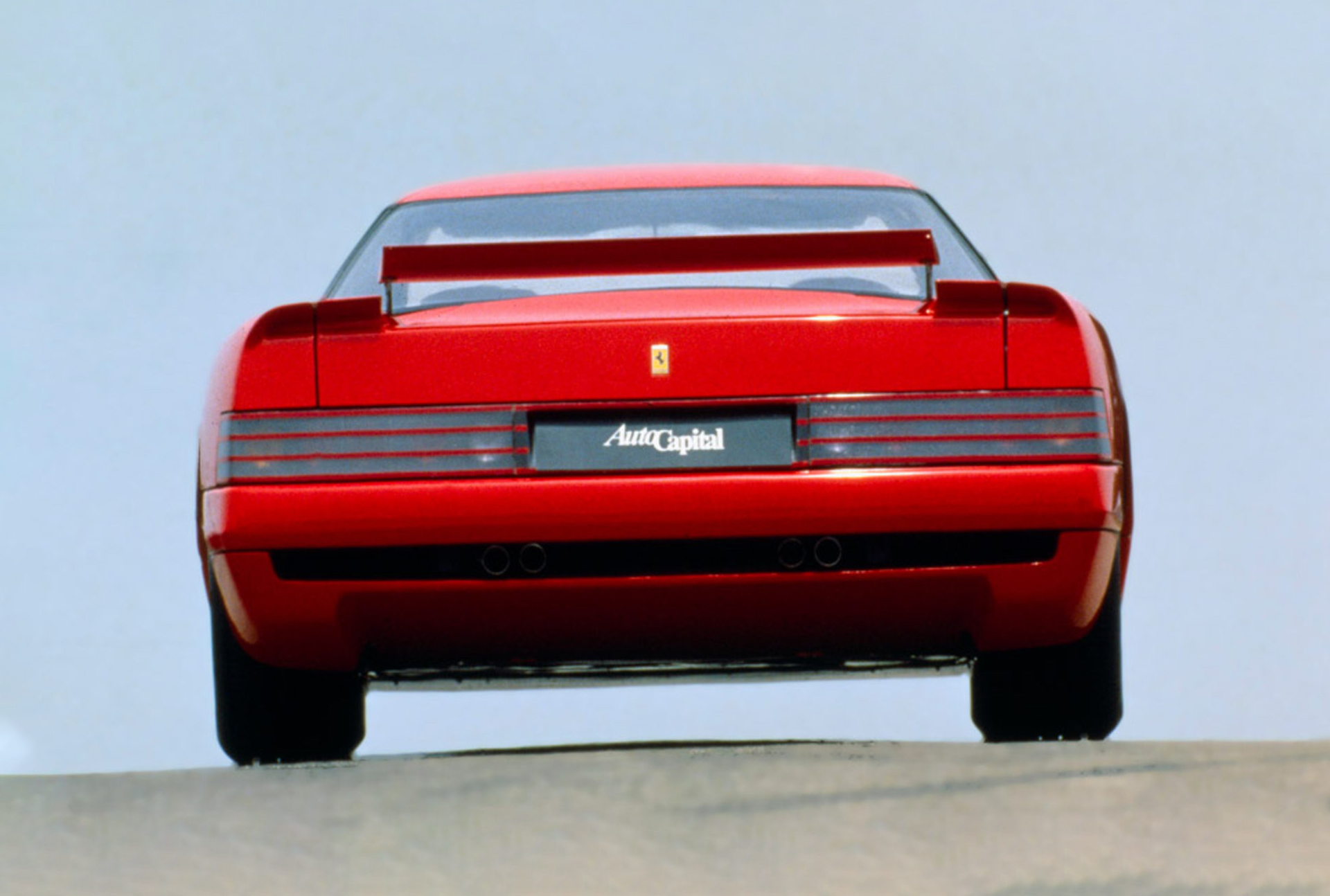
Looking at the cars, which are now on display at the Ferrari Museum, you immediately recognize the hand of a technician who forged an unrivalled experience by winning World Titles both in Formula 1 and in Sport Prototype races. In fact, everything is there to increase performance, including the bodywork, which cannot be described as beautiful but is certainly very efficient in terms of aerodynamics. How could it have been otherwise?
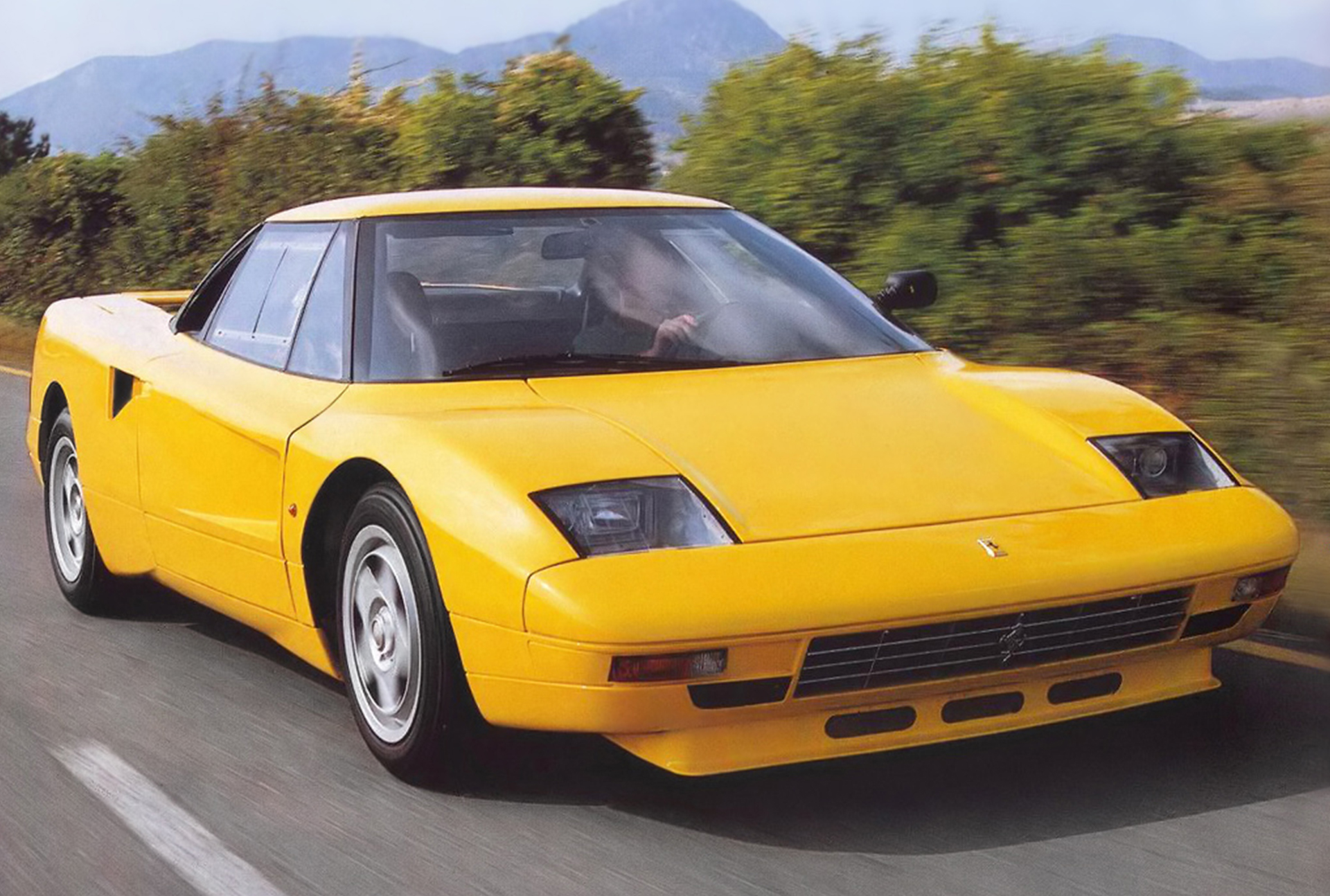
Unfortunately, this model, which would have allowed the company to make a huge technological leap, was considered too advanced compared to what customers actually wanted at the time. And its story ended right there, even though most of the innovations introduced were to appear on future models of the Cavallino.
